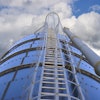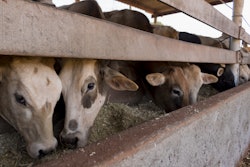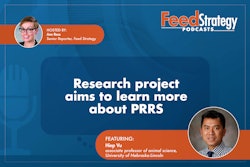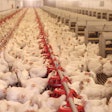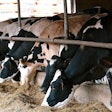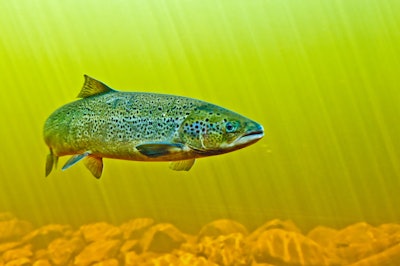
Salmon producers have seen an increase in the frequency and severity of mass die-off events, according to new research in the journal Scientific Reports, but the reason why remains unclear.
Researchers had initially aimed to investigate the risks and practices associated with mass death events at salmon farms after a 2020 die-off in Newfoundland, said Gerald Singh, an assistant professor in the School of Environmental Studies at the University of Victoria in Canada and one of the authors of the study. Then another researcher on the team pointed out that salmon producers seemed to be experiencing mass death events — when large numbers of fish die in a short period of time — all over the world.
Because there is no set definition or threshold for what is considered a mass death event, the research team built a global database of known die-offs and then evaluated when the largest 10% had occurred. The analysis pointed to an increase in the frequency and the size of events between 2012 and 2022, according to the study.
Beside the loss of the fish themselves, these mortality events create occupational health and environmental challenges on account of the sheer number of fish that may die in a single incident, said Charles Mather, a professor geography at Memorial University of Newfoundland and another author on the report. Fish farms may need to pay for the cleanup and disposal of the dead fish, he said.
Mass death events aren't unique to the salmon industry; terrestrial agriculture has also seen similar events triggered by, for example, outbreaks of avian influenza or African swine fever, Mather said. But the cause of the recent increase in mass salmon moralities isn't clear. It could be related to the growing scale of the industry — more fish farms, each with growing salmon populations — could mean more mass die-offs, Singh said. But the team's database points to a cause beyond the growth in fish farming, he said.
Another possible explanation — one that is often discussed among academics who study natural disasters — is that our own human attempts to control the variability of the natural world lead to an increase in damages when extraordinary events occur, Mather said. For example, fish producers often use physical and chemical treatments to eradicate sea lice, but these treatments can stress the salmon themselves. Treating at an inopportune time, such as when water temperatures are elevated or oxygen levels are low, might put the salmon under enough stress to trigger a mass mortality event.
A greater dependence on technology could also lead to a false sense of security and increased risk-taking, which might also contribute to an increase in mass mortality events, Singh said.
Studies that have evaluated individual mass mortality events often point to a combination of factors such as disease, environmental stress and chemical treatments that worked together to trigger the die off, Mather said. But Singh said the study pointed to a need for more standardized data collection in order to learn more about global trends.
“If we want to better understand these events, we need access to finer-scale data, and that is going to require more trust between companies and researchers,” Singh said.

